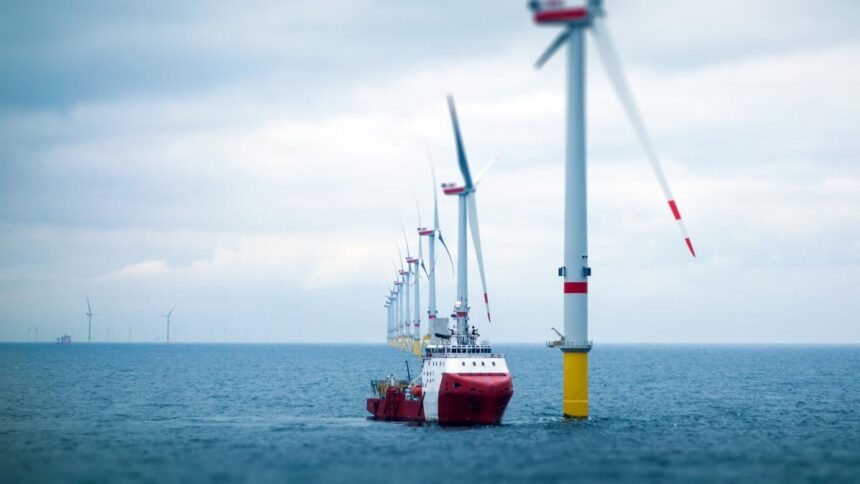The renewable energy sector in India is set to achieve significant milestones in early 2025, with solar power capacity crossing 100 GW, wind power capacity exceeding 50 GW, and total renewable energy capacity surpassing 200 GW. However, to further advance the sector, it is crucial to address certain challenges and focus on key priorities.
One of the major challenges facing the renewable energy industry is the development of green hydrogen. While there is potential for green hydrogen to play a crucial role in the transition to clean energy, current technologies and market dynamics make it uncompetitive and reliant on subsidies. It is important to reconsider the timeline and approach towards green hydrogen development, possibly waiting for technological advancements such as solar-powered seawater electrolyzers.
Another area of concern is offshore wind projects. While India has announced plans for offshore wind capacity, industry experts have highlighted challenges in securing installation services and the high cost compared to onshore wind-solar hybrid projects. It may be more worthwhile to focus on tapping into the vast onshore wind potential in the country and utilize funds more effectively in other areas, such as building transmission links for energy exchange with neighboring countries like Sri Lanka.
Speaking of Sri Lanka, there is an opportunity for India to explore power transmission links with its neighbor, leveraging Sri Lanka’s onshore wind potential and the development of thorium-based nuclear fuel technology. By collaborating with companies like Clean Core Thorium Energy (CCTE) and incorporating thorium fuel in existing and upcoming nuclear plants, India can enhance its energy security and sustainability.
In conclusion, while the renewable energy sector in India is poised for growth, it is essential to reevaluate priorities and strategies to ensure sustainable and cost-effective development. By addressing challenges in green hydrogen and offshore wind projects, and focusing on opportunities such as cross-border energy transmission and thorium utilization, India can accelerate its transition towards a cleaner and more resilient energy future.










